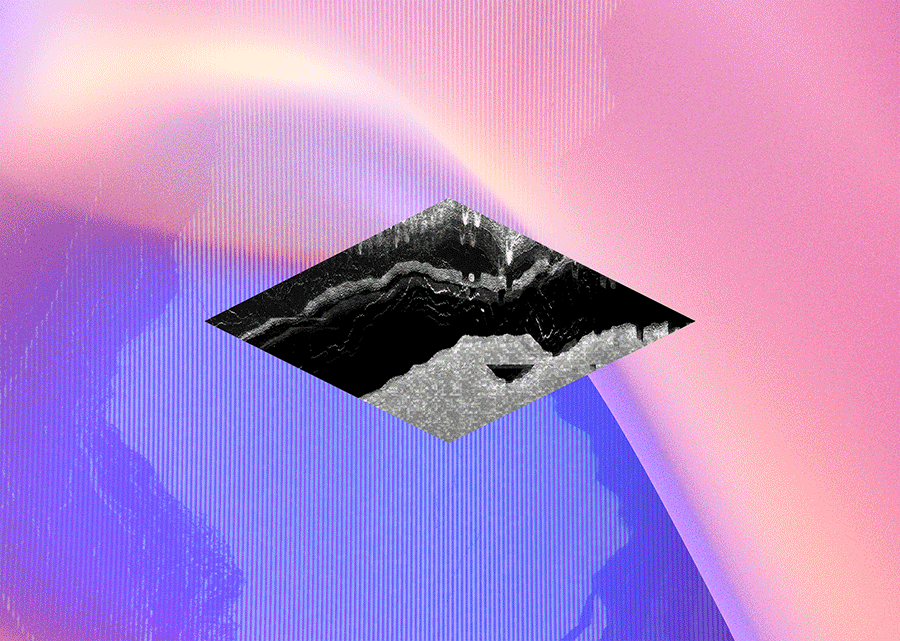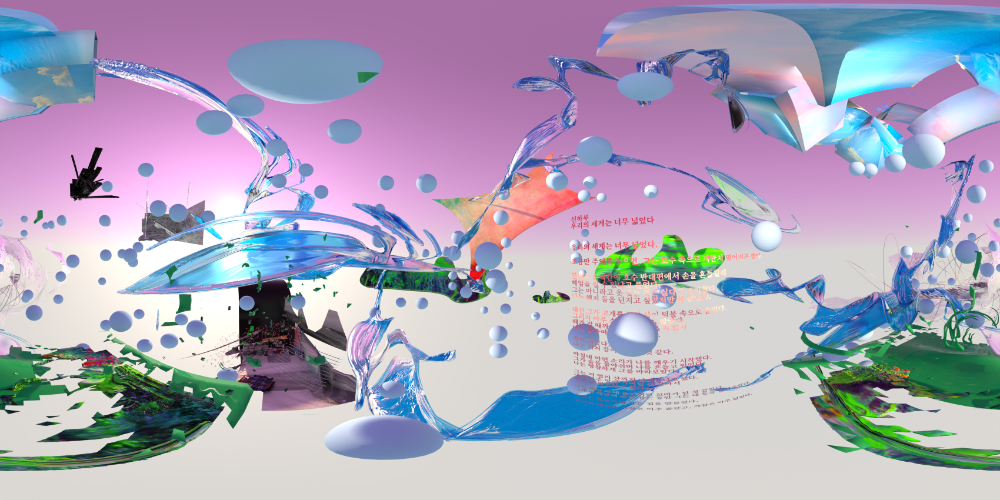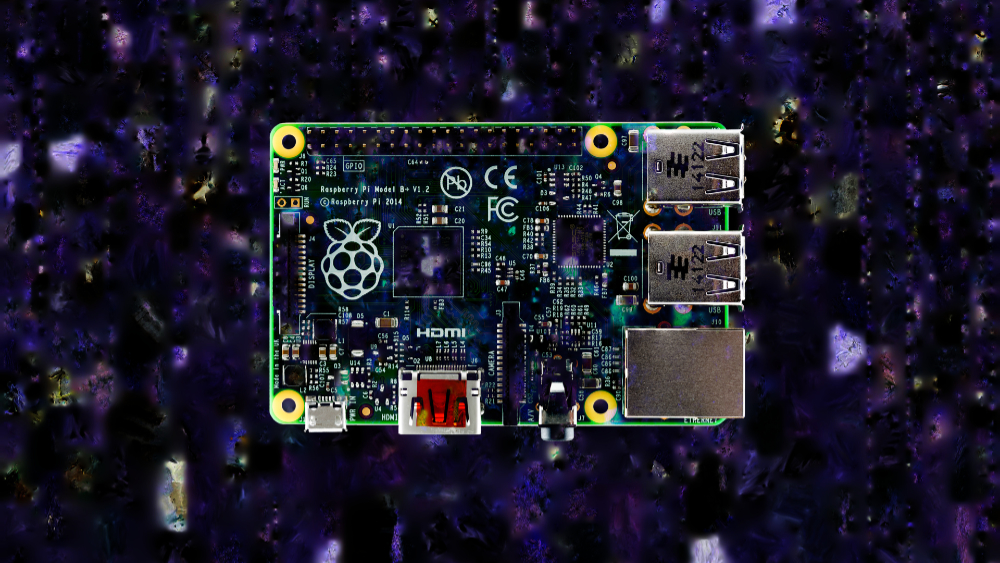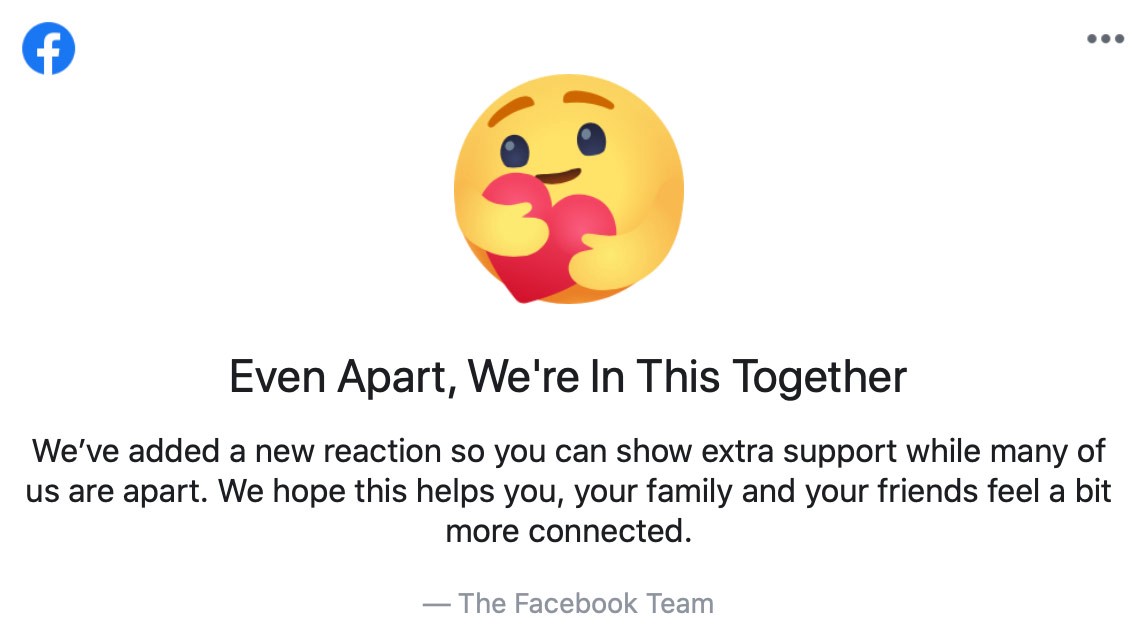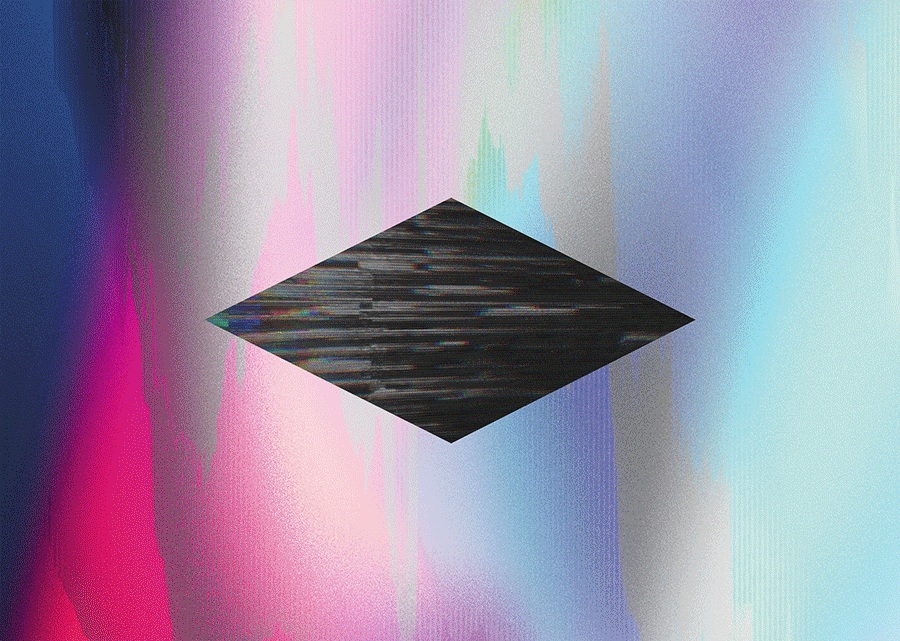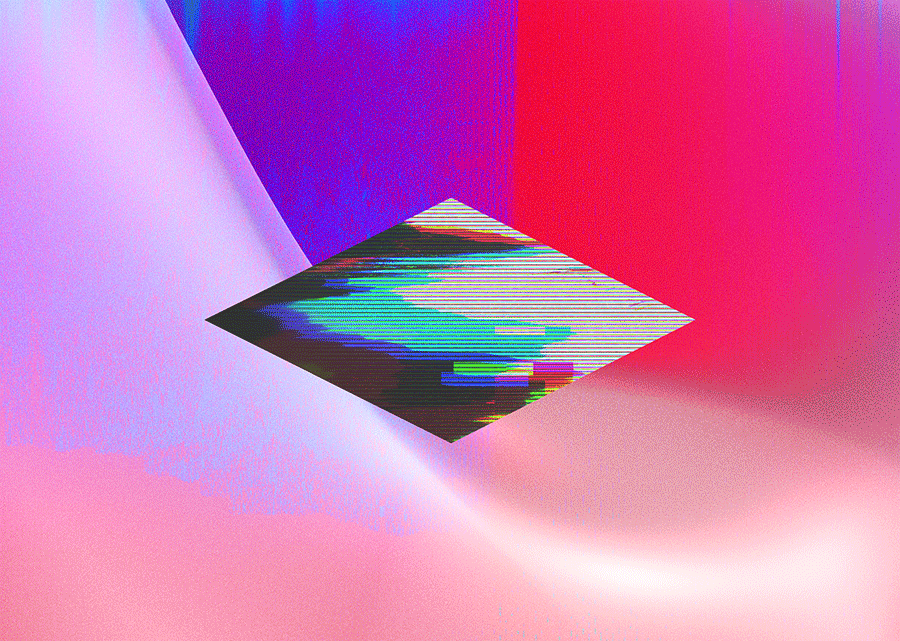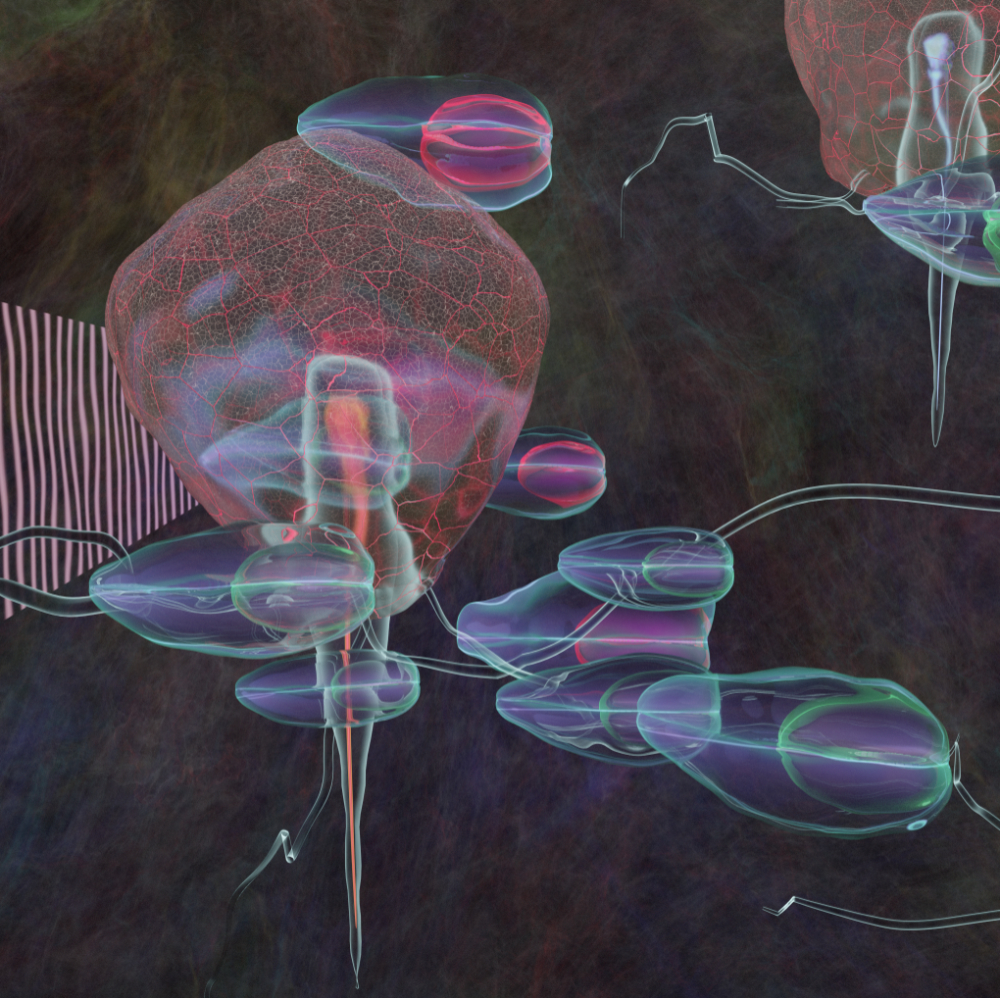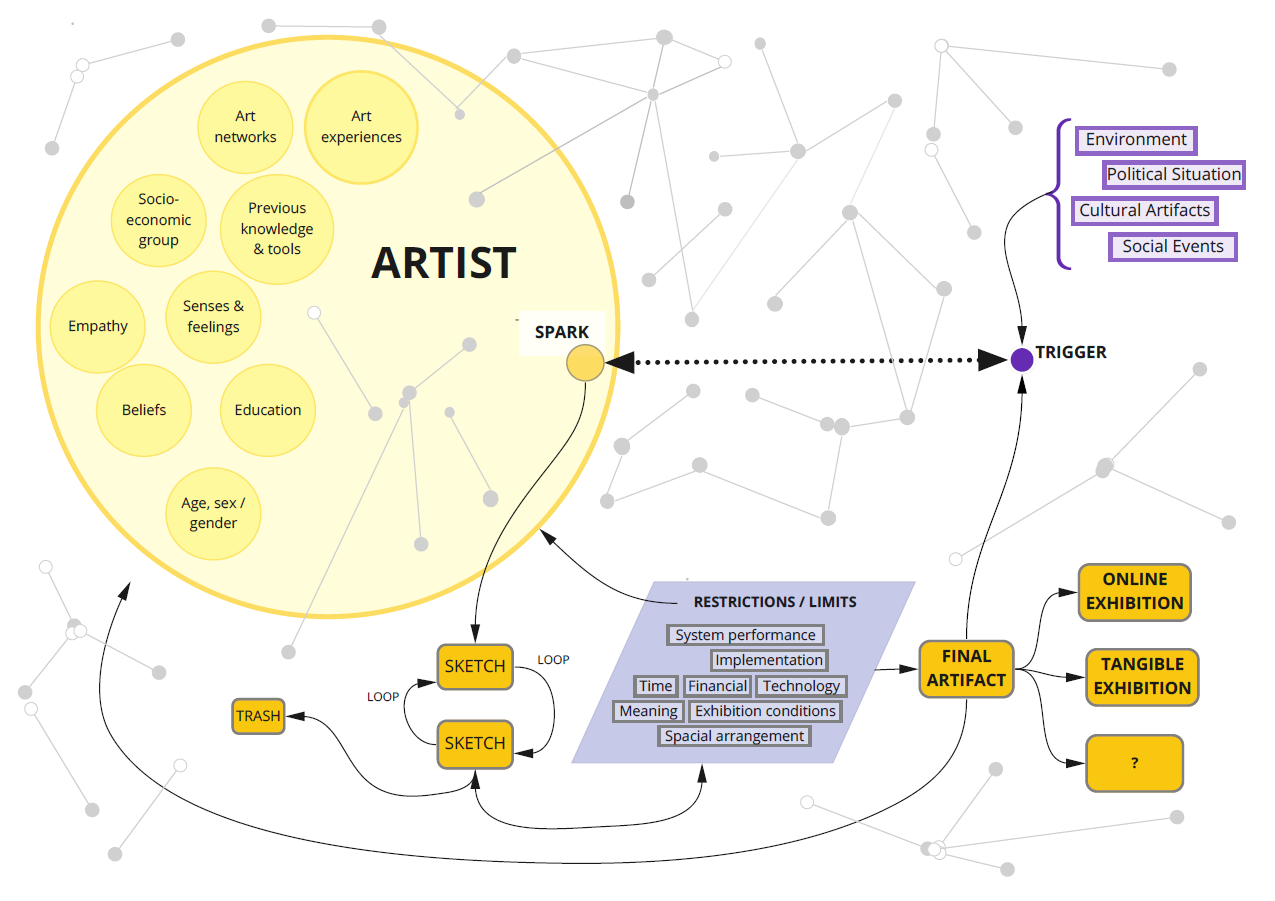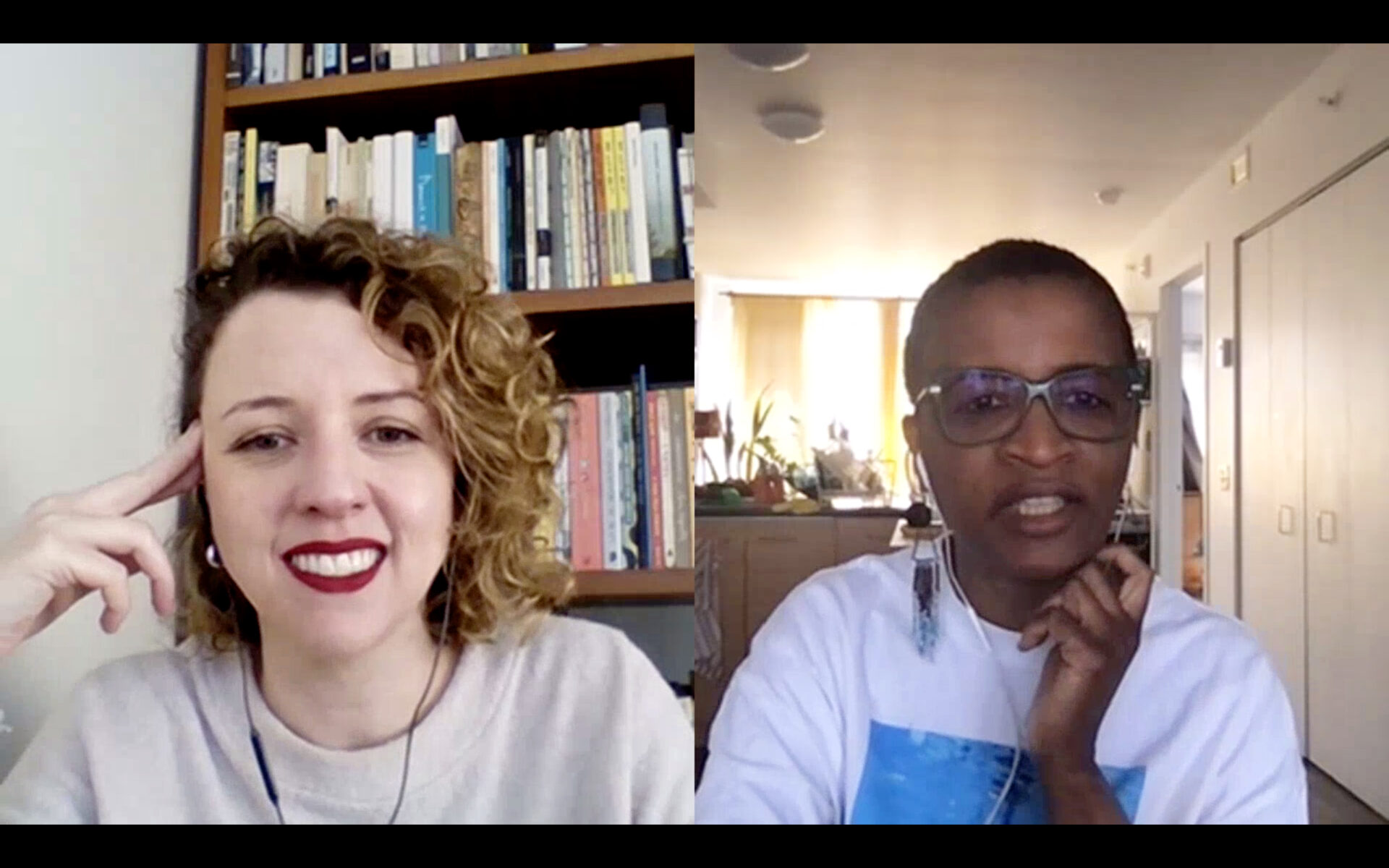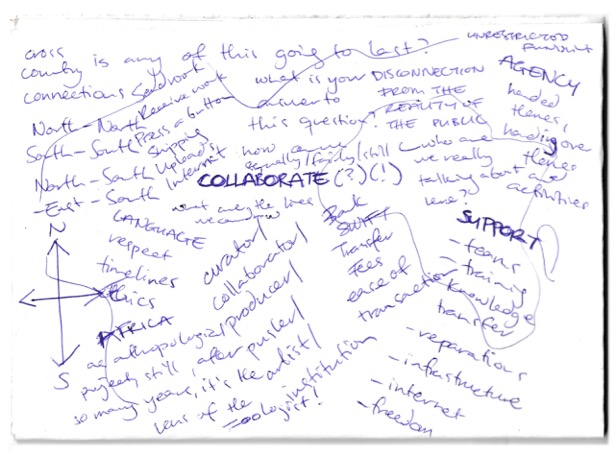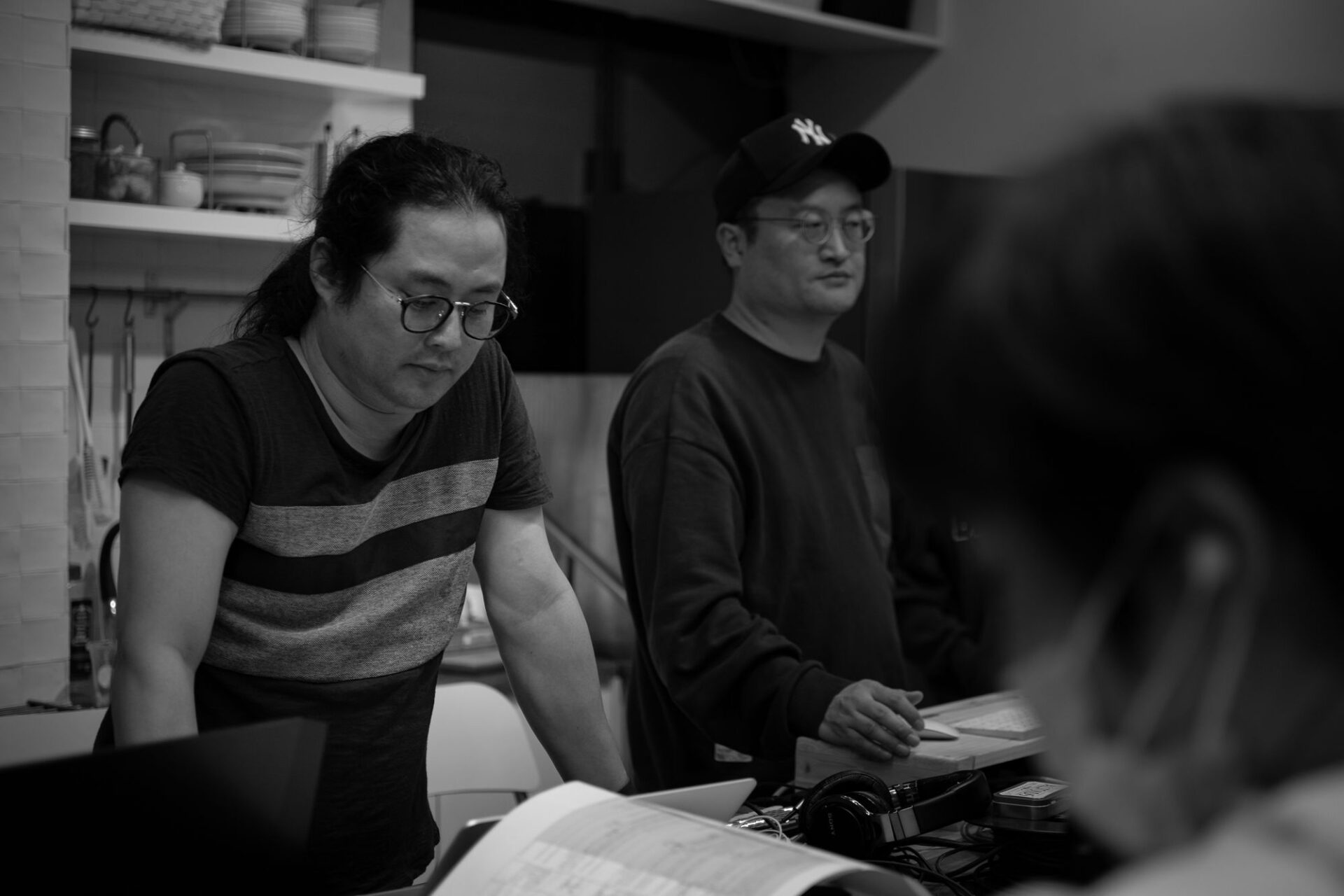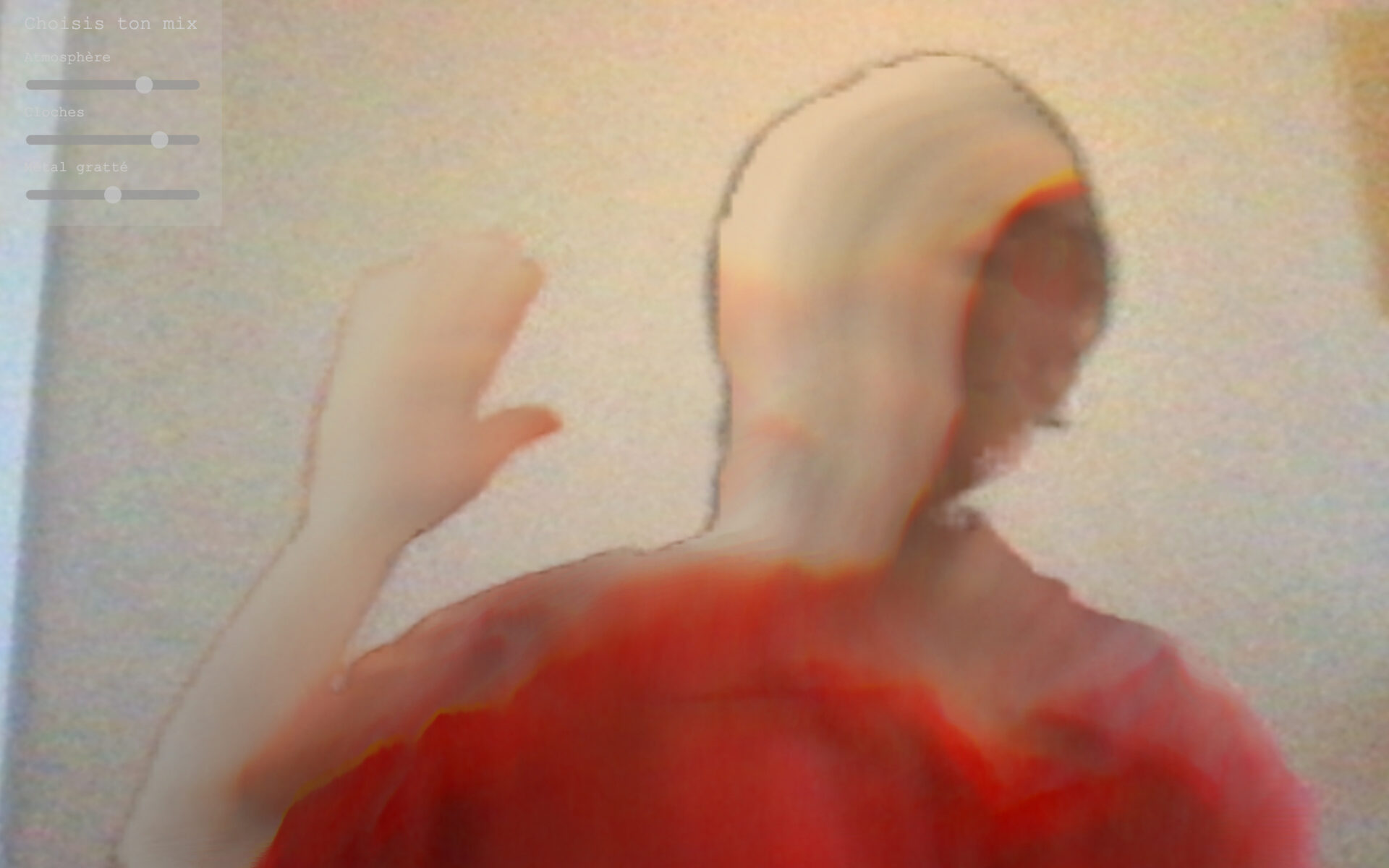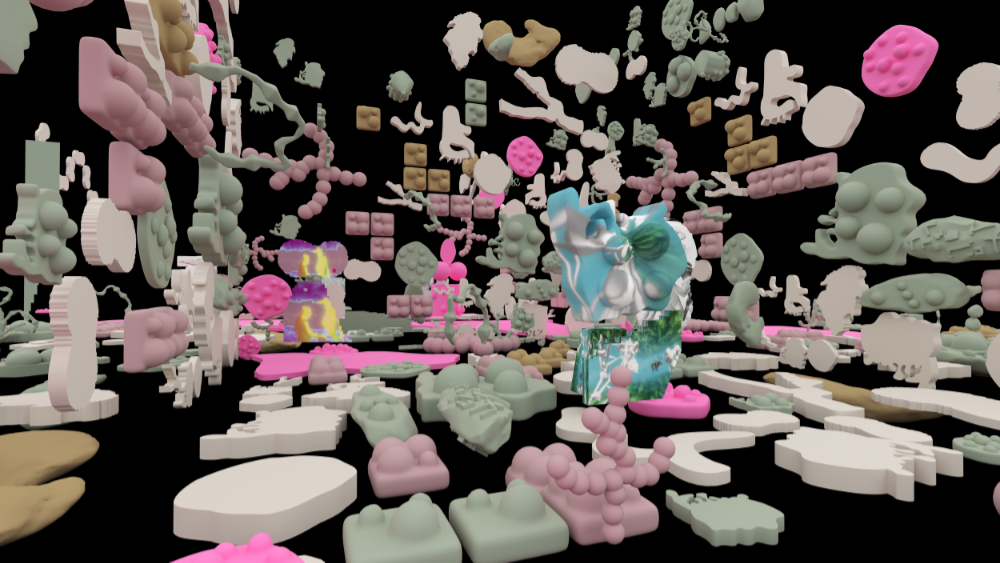La Fontaine et la chute IV (Origins) proposes to explore a series of animated tableaus peopled by organic and geometric entities that recall the world of ctenophores—primitive marine organisms resembling jellyfish. Over the course of their interactions, these creatures form structures that come together in the shape of a bigger organism, at times suggesting a cosmic landscape. Constantly shifting between abstraction and figurative representation, the animation plays on light effects, transparency and moving textures in order to generate communication systems and exchange networks between the undulating shapes. The atmospheric quality of the soundtrack, designed by Bruno Pucella, contributes to this immersion in an environment of both calming and enigmatic inflections.
—
Julie Tremble is a video and animation artist. Since 2014, she has been focusing on the matter of representation in astronomy, drawing inspiration from cinema, literature and philosophy. Using material from various sources such as scientific papers, educational documentaries, films, digital simulations and communication material from space agencies, she produces videos and animations in which she combines science, documentary and science-fiction data.
Julie Tremble holds a Master’s degree in film studies from the Université de Montréal as well as a bachelor’s degree in cinema and philosophy. Tremble’s work has been exhibited in Canada and internationally, at Ludwig Museum Budapest, Fonderie Darling, Galerie Foreman, Galerie B-312, Dazibao, Centre VU, Sporobole, Galerie Joyce Yahouda, among others, and at festivals such as Mirage, Mapping, Festival du Nouveau Cinéma, Images Festival, the International Festival of Films on Art, Espace IM-Media and ARKIPEL International Documentary and Experimental Film Festival. In 2013, Tremble received the Conseil des arts et des lettres du Québec award for best work in art and experimentation presented as part of the 31st edition of the Rendez-vous du cinéma québécois.
—
Philippe Hamelin’s artistic practice is at the intersection of the visual arts, film and experimental video. He mainly works with the mediums of installation, single channel video and computer-generated animation. Various montage association modes, whether videographic or spatial, are at the core of his research. He attempts to create poetic assemblages between the human and technological mediums. Focusing on what links special effects and affects, on the correlations between the external and internal movement, of moving and being moved, his explorations often result in a techno-dramatic performance.
Since 2001, Philippe Hamelin’s work has been presented in galleries and at numerous festivals in Canada and around the world. In 2011, Axenéo7 (Gatineau) presented his first major solo exhibition. Since 2013, his work has been shown at Platform (Winnipeg), Occurrence, Dazibao, Galerie Joyce Yahouda (Montreal), Galerie des arts visuels de l’Université Laval (Quebec City), Neutral Ground (Regina), Sporobole (Sherbrooke), Platform (Munich) and the Poppositions art fair (Brussels). In 2013, he represented Quebec at the cultural competitions of the Jeux de la Francophonie in Nice and won the silver medal in the sculpture-installation category. In 2014, he initiated the project La Mirage with Sophie Bélair Clément and Vincent Bonin. In 2015, he received the award for best art film and experimentation at the 33rd Rendez-vous du cinéma québécois. In 2017, the Leonard and Bina Ellen Gallery held a solo exhibition of his work and, in 2019, he exhibited his work at the Casino du Luxembourg Forum d’art contemporain. Philippe Hamelin holds a degree in film studies from the Université de Montréal and a MFA from Concordia University. He teaches visual arts at the Cégep de l’Outaouais and is a lecturer at the École multidisciplinaire de l’image at UQO. He lives and creates his work in Tiohtia:ke/Montreal.
Julie Tremble and Philippe Hamelin,
La Fontaine et la chute IV (Origins)
3D animation
4 min 50 s.
2022
